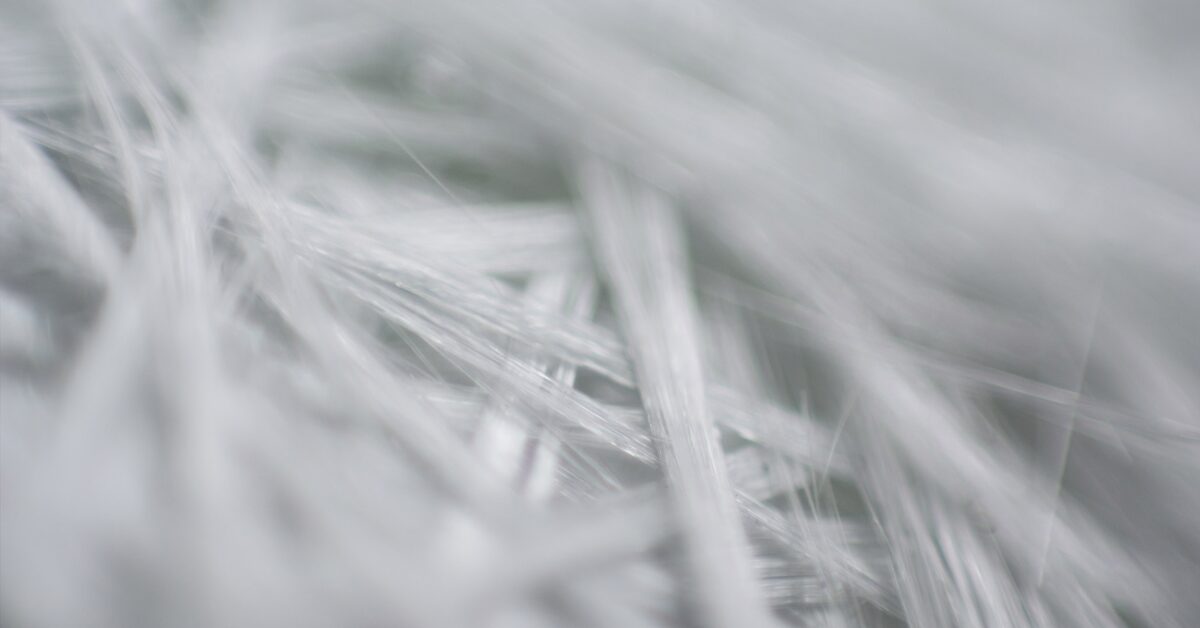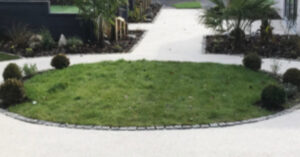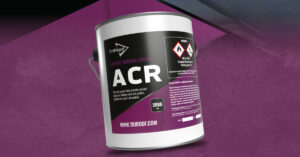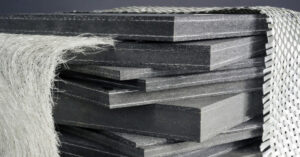
Fibreglass Resin FAQs: Mix Ratios, Hardener Use & Application Tips
Fibreglass Resin FAQs Mix Ratios, Hardener Use & Application Tips Whether you’re tackling a flat roof project or a DIY repair, understanding how to correctly use fibreglass resin is essential for a durable and professional finish. At Tricel Composites, we




